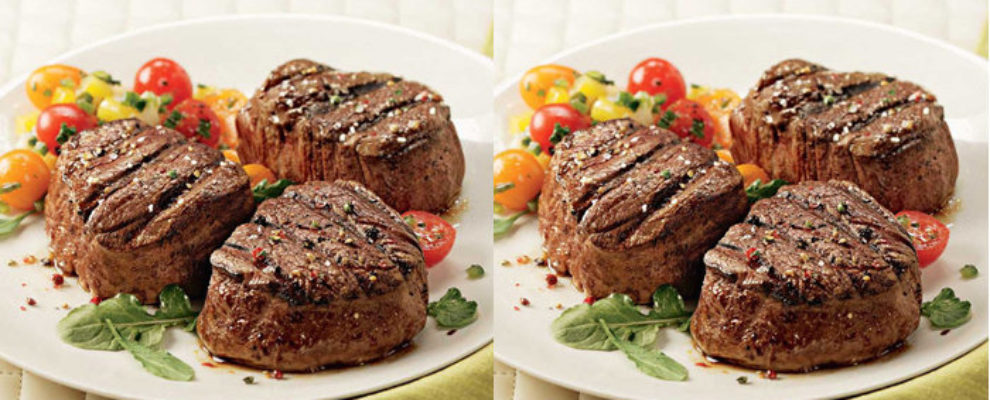Hang On To Your Hyphens When Hyphenating Compound Modifiers
Which is better: an ounce of a steak fillet, or several six-ounce fillets?
If that gets your mouth watering, I’ll satisfy your appetite in a moment. But first, let’s talk about grammar.
Grammar is a series of rules that teach us how to write with clarity. But there are rules and there are rules. Ending a sentence with a preposition is not a grammar rule, even though there are pendants who think it is. It is not.
Then there are the rules that are arguable. Language changes. New words are added, and become more familiar as time goes by.
For example, did you know that today and tomorrow were once hyphenated? As late as the 1920s, they were spelled “to-day” and “to-morrow.” People speaking Old English (roughly 650 to 1150) would say “to daege” for “on (the) day.” During the 16th century, the word came to be written with the hyphen and would stay that way until the early 20th century. The same process happened with “tomorrow,” which you will see written as “to-morrow” (from the Old English “to morgenne” for “on (the) morrow”).
The same process happened to email. Originally “electronic mail,” usage shortened it to “e-mail,” with the hyphen, until it dropped off to the now-familiar “email.” When did it happen? Over a period of years. Was there some authority that decreed it? Nope. People just started doing it. There are probably people who still spell it “e-mail”. Since the word is understandable either way, no one gets into a snit over it. Maybe they figure that tomorrow is another day, so long as it isn’t spelled to-morrow.
But there is one solid must-follow rule: Compound modifiers must be hyphenated.
But what does this have to do with steak? Read on; we’re almost there.
What Are Compound Modifiers?
What is a compound modifier? Look at the previous paragraph. “Must-follow” is one. It is two or more words that refine the definition of the word it modifies. It’s not just a rule, it’s a must-follow rule. (While rules by definition must be followed – that’s the definition of a rule — the writer added “must-follow” to emphasize this point.)
The compound hyphenation rule is an easy one to follow, and yet many writers don’t recognize it. In one book, the first 40 pages contained these unhyphenated compound modifiers (which I slightly modified to disguise the victim):
Long range lens
Cat’s eye effect
Driver’s side door
A modern day Prince Charming
All boy’s school
Hard earned dough
Once crowded kitchen
Several ounce fillets
Each of these phrases takes a hyphen because both words act upon the noun equally. It’s not a once kitchen. It’s always been there. Nor was it a crowded kitchen. It once was, but no longer. So it’s a once-crowded kitchen.
In the second example, it’s looks like the kitchen is serving several one-ounce fillets.

This would make a delicious snack but a disappointing meal.
Add the hyphen, and you get several fillets that are much larger.

And if the kitchen is no longer crowded, that means more meat for you!
And that’s the key to figuring out, if a hyphen is needed. Apply each word to the noun and see if it makes sense. Is it an eye effect? A cat’s effect? It must be a cat’s-eye effect.
The compound modifier rule for hyphens is a simple, easy to understand rule.
I mean, an easy-to-understand rule.
